World
While large swathes of Europe were still erecting single story buildings the peoples the Indus Valley and Egypt were carving out sophisticated societies, using technologies and reason to construct their settlements. In this section some of the great civilizations are examined using the evidence that has survived them to tell their fascinating stories and accomplishments Read more
Sort by:
Date (Newest first) | Title A-Z
Show:
All |
Articles |
Podcasts |
Multipage Articles
-

The Ancient Kingdom of Nabataea
ArticleClick to view -

Connecting poetry, philosophy and landscapes in Ancient China
ArticleClick to view -

Update: New approaches to the study of ancient history
ArticleClick to view -

Sudan Holy Mountain: Jebel Barkal and its Temples
ArticleClick to view -

Recorded webinar: Maya ruler King Pakal II of Palenque
ArticleClick to view -

History Abridged: Libraries
ArticleClick to view -

The Christian Kingdoms of Nubia and Ethiopia
ArticleClick to view -

Out and About in Cairo
ArticleClick to view -

Ancient Athenian inscriptions in public and private UK collections
ArticleClick to view -

A (non-Western) history of versatility
ArticleClick to view -
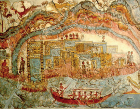
The emergence of the first civilisations
ArticleClick to view -
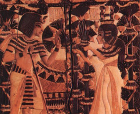
The many queens of Ancient Egypt
ArticleClick to view -
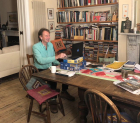
Michael Wood, Hadrian and the Making of Early England
ArticleClick to view -

Sparta and war: myths and realities
ArticleClick to view -

My Favourite History Place: Petra
ArticleClick to view -
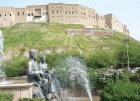
My Favourite History Place: Erbil Citadel, Iraq
ArticleClick to view -

Lucy Hughes-Hallett on telling an HA branch about a book
ArticleClick to view -

My Favourite History Place: Hadrian’s Wall
ArticleClick to view -
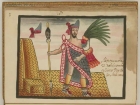
The Aztec Empire: a surprise ending?
ArticleClick to view -
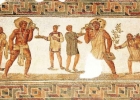
The end of the Roman Empire
ArticleClick to view

